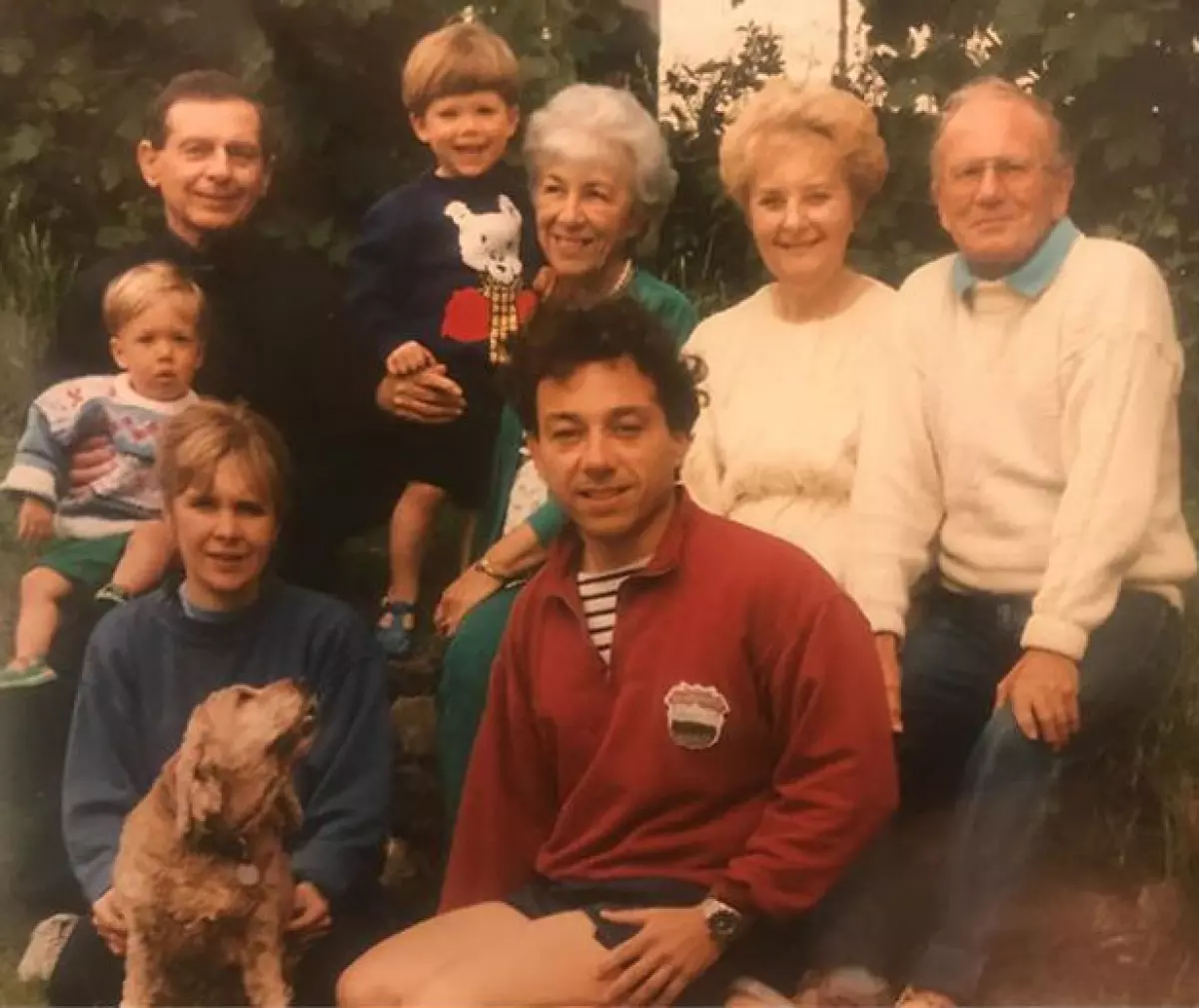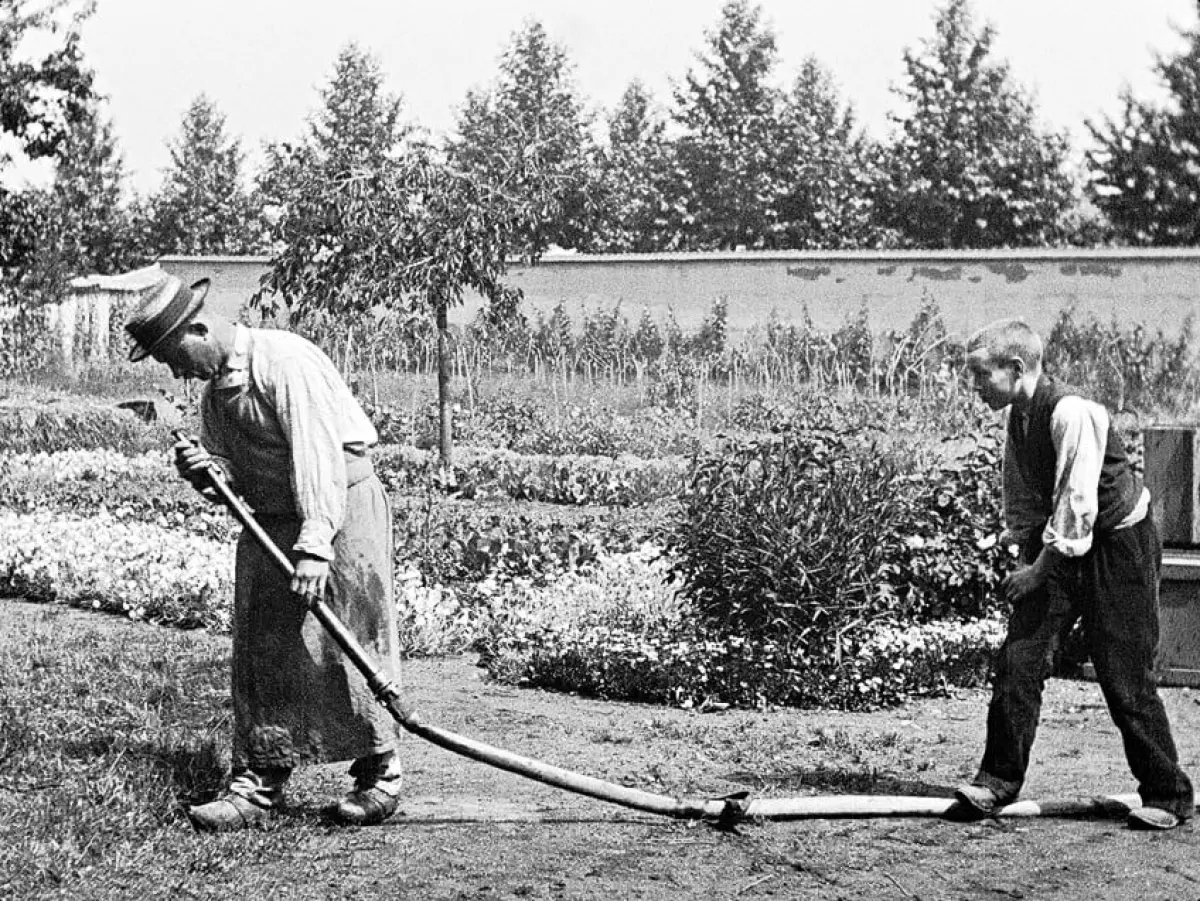Introduction
American football is a game of strategy. Both teams meticulously plan every aspect of their plays and responses to plays, from formations to player roles and instructions. Throughout the game, teams adapt to their opponent's strengths and weaknesses, employing various approaches to secure a victory. In this article, we will delve into the offensive and defensive strategies that shape the game, highlighting the key players and formations that make them successful.
Offensive Strategy
The goal of the offense is simple: score points. Coaches and players meticulously plan and execute plays based on various factors such as the players involved, the opponent's defensive strategy, and the time remaining in the game. The offense aims to possess the ball for as long as possible, preventing the opponent from scoring. Offensive scoring chances end when the team fails to advance the ball ten yards or turns the ball over.
Offensive Players
On offense, there are three types of players: linemen, backs, and receivers. Each position has its specific responsibilities and duties that vary depending on the offensive scheme employed.
Linemen
The linemen form the core of the offensive line. They are responsible for both run blocking and pass blocking. The key positions on the offensive line are as follows:
- Center: The center snaps the ball to the quarterback and calls the blocking schemes on the line.
- Guard: Guards line up on both sides of the center and generally excel at run blocking.
- Tackle: Tackles, positioned on the edges of the offensive line, protect the quarterback from pass rushes and are often the biggest offensive linemen.
Backs
The backs line up behind the offensive line and have a versatile set of responsibilities. The key back positions are:
- Quarterback: The quarterback leads the offense, calling plays and either passing the ball or handing it off to running backs. They must read defenses and make accurate throws.
- Fullback: The fullback is a bigger and more physical running back who excels in blocking and short-yardage situations.
- Halfback: The halfback plays a versatile role, involving running the ball, catching passes, blocking, and even throwing the ball on trick plays.
Receivers
Receivers are responsible for catching passes thrown by the quarterback. They have exceptional speed and agility, enabling them to run precise routes and gain yards after the catch.
- Wide Receiver: They line up on the line of scrimmage or behind it and are the fastest players on the field. Their primary role is to catch passes and make big plays.
- Tight End: The tight end is a hybrid position, combining the attributes of a wide receiver and a lineman. They excel in both blocking and receiving.
Offensive Formations
Before the ball is snapped, the offense aligns in various formations based on the game situation. Some common offensive formations include the I formation, the shotgun formation, and the pro set. Coaches often use special formations designed to confuse the defense or gain an advantage in specific situations.
Offensive Plays
When the ball is snapped, the offense executes plays designed to gain yards and score. The playbook includes a wide range of running and passing plays to outmaneuver the defense. Running plays involve the quarterback and running backs carrying the ball, while passing plays require the receivers to run specific routes. Successful passing plays often cover more ground than running plays, making them crucial for gaining significant yardage.
Defensive Strategy
The goal of the defense is to prevent the opposing offense from gaining yards and scoring points. Defensive players must tackle ball carriers, break up passing plays, and create turnovers.
Defensive Players
The defensive team consists of linemen, linebackers, and defensive backs. Each position has its specific roles and responsibilities.
Defensive Line
The defensive line lines up in front of the offensive line and aims to prevent the offense from running the ball. Key positions on the defensive line include:
- Nose Guard: The nose guard lines up across from the center and aims to disrupt the offense's interior running plays.
- Defensive Tackle: Defensive tackles excel at stopping the run and disrupting the offense's blocking schemes.
- Defensive End: Defensive ends combine strength and speed to stop the run and rush the quarterback.
Linebackers
Linebackers position themselves behind the defensive line or on the line of scrimmage. They have versatile roles, including stopping the run, rushing the quarterback, and dropping back in pass coverage.
Defensive Backs
Defensive backs stand behind the linebackers and have the primary responsibility of covering wide receivers and preventing them from catching passes. Safeties provide support to cornerbacks and may also assist in defending the run game.
Defensive Formations
Defensive formations are named based on the number of linemen and linebackers. Common formations include the 4-3, 3-4, and nickel package. Defensive coordinators tailor their formations to counter the opponent's offensive strengths.
Defensive Plays
The defense must react to offensive plays and aim to disrupt the opposing team's strategies. They employ various tactics such as man-to-man coverage, zone defense, and blitzes to pressure the quarterback. Defensive strategies emphasize aggression and the ability to react swiftly to plays as they develop.
Special Teams Strategy
Special teams play a crucial role in American football, handling kickoffs, punts, and field goal attempts. Special teams units include kickers, returners, and blockers. Coaches often devise strategic plays during kicks and returns to gain an advantage or score points.
Kickoffs
During kickoffs, the kicking team attempts to stop the receiving team from advancing the ball as far as possible. Special strategies include onside kicks, squib kicks, and strategically kicking the ball out of bounds.
Punts
Punts occur when the offense is unable to gain enough yards for a first down. The kicking team aims to prevent the returner from gaining significant yardage. Coaches may employ fake punts or special punting formations to surprise the opponent.
Field Goals
Field goals are attempts to score points when the offense is within kicking range. The kicking team forms a protective circle around the kicker to block the defensive players attempting to block the kick. Coaches may also employ fake field goals to catch the defense off guard.
Kick and Punt Returns
During kick and punt returns, the receiving team aims to gain yardage or score points. Returners must decide whether to run the ball back or signal for a fair catch. Strategies include lateral passes, fair catch kicks, and attempts to down the ball as close to the opposing team's end zone as possible.
Downing the Ball
If the receiving team fails to catch the ball, the kicking team can strategically down it as close to the end zone as possible. Downing the ball prevents the opposing team from gaining favorable field position.
Conclusion
American football strategy is a complex and intricate web of offensive, defensive, and special teams plays. Coaches and players diligently plan their strategies, formations, and plays to outmaneuver their opponents and secure victory. Understanding the nuances of each position, formation, and play is crucial to appreciating the artistry and skill involved in the game of American football.
Image Source: Strategy of American Football
















